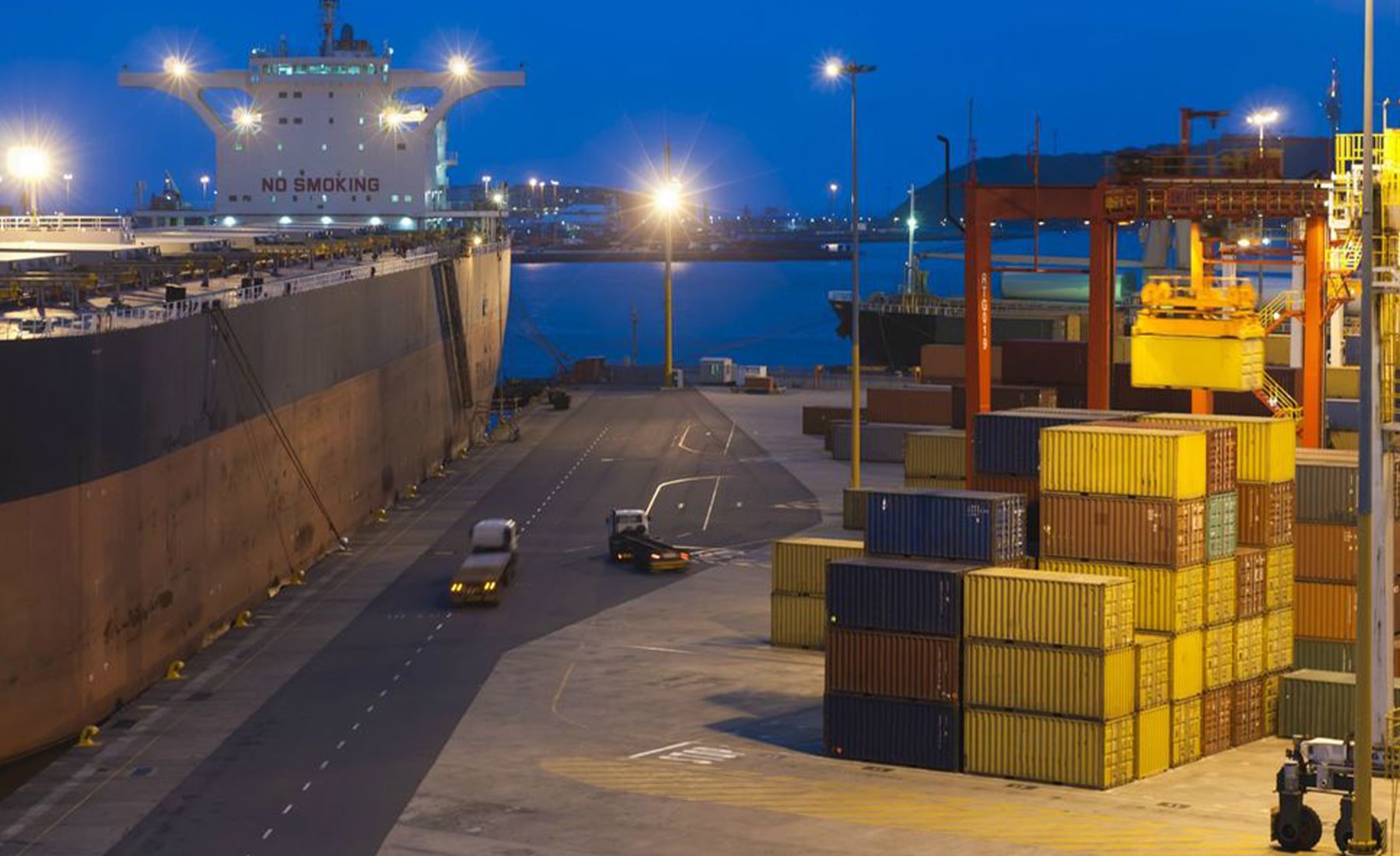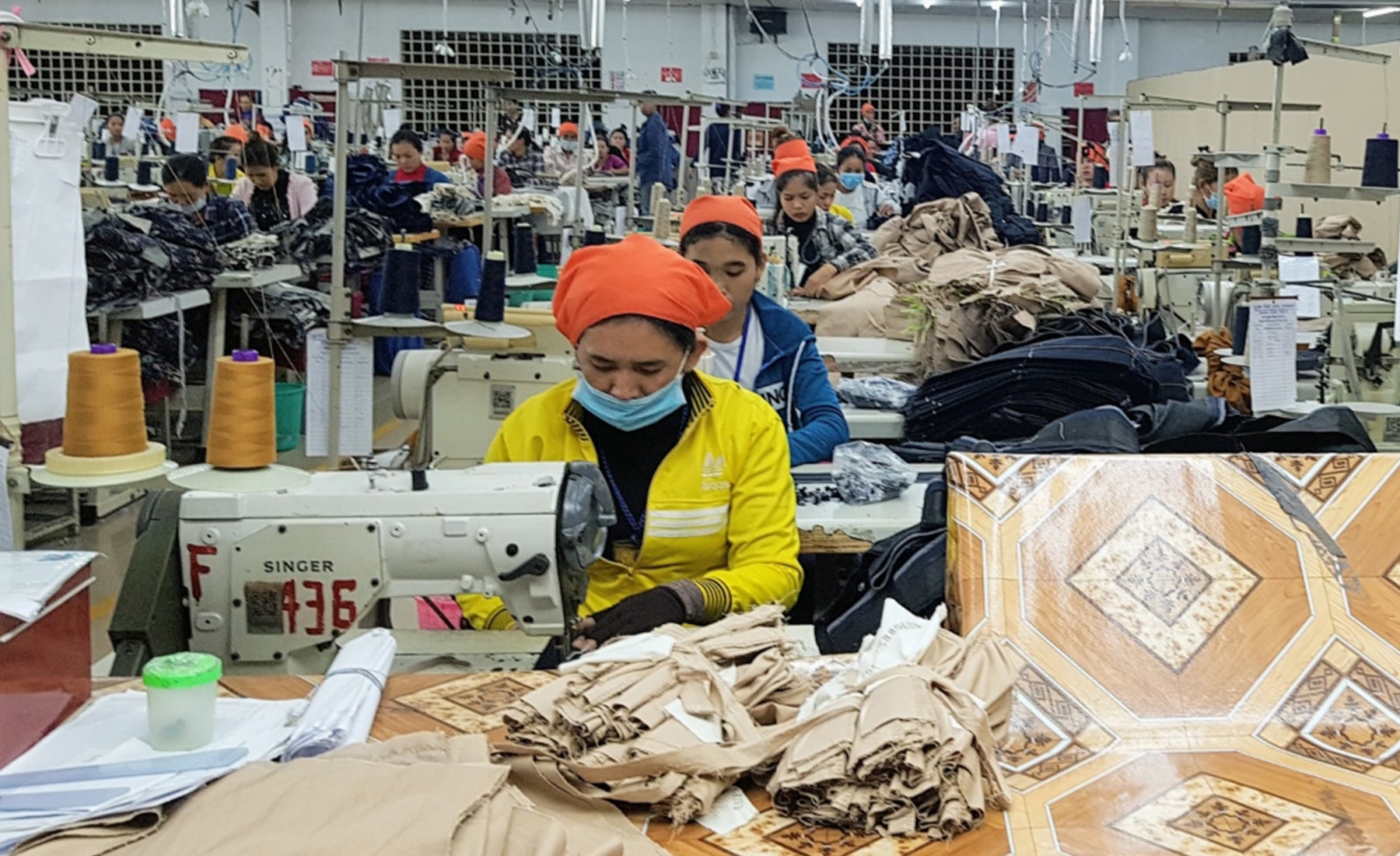
Do companies over-rely on certification?
Many companies have certification goals as their key, sometimes only, target for addressing key social or environmental risks related to their sourcing of particular agricultural or mineral commodities. However, a recent investigation by the BBC on Indian tea producers raises some challenging questions about how reliable certification schemes are at enforcing standards in companies’ supply chains.
Companies who look to certification schemes to provide them with confidence that social and environmental issues in their commodity supply chains are being adequately addressed need to ask themselves two questions:
- Do they have a realistic view of the certification business?
- Are the management controls for their supply chain appropriate to the level of risks?
The certification market prioritises price over value
Certification is what is often referred to within the services sector as a ‘commoditised product’. In other words, the product that the client buys (e.g. certification of a plantation) is standardised by the requirements of the applicable scheme and does not vary between certification service providers.
In addition to specifying the compliance requirements, some schemes issue guidance on how much work service providers should do (e.g. how many days a certification exercise should take). The impact of such guidance, for better or worse, is to further standardise the work involved in gaining certification.
It is very difficult, therefore, for certification service providers to differentiate themselves from their competitors on quality or rigour when they are seeking to win work. The key differentiating factor between service providers becomes cost.
For commoditised service products, unless there are significant supply/demand factors at play, costs are nearly always being pushed downwards. This is particularly so when there are wider market forces putting pressure on costs across the value chain of an industry.
Consequently, from a service provider’s view, certification is a low-margin business. If certification providers wish to be profitable they must adopt similar strategies to any other low-margin business: look for economies of scale, keep costs low, standardise processes to enable faster turnover of projects, etc.
In this context, is it any wonder that issues that certification schemes are meant to pick up can sometimes slip through the net?
Commodity supply chains can be complex
Most sustainability certification schemes cover a wide range of issues within their scheme requirements; from environmental management practices through to worker safety and human rights. The issues covered by a certification scheme will usually be commonly understood as pertinent social or environmental issues associated with the applicable commodity’s production, wherever it is produced.
However, the frequency or likelihood of occurrence and severity of impact of such issues can vary substantially between geographies and different supplier organisations. The tea estates in Assam (India) are not the same as those in Kericho (Kenya); the palm oil plantations of Malaysia are not the same as those in Liberia.
Similarly, the nature of the commercial relationship between producer and buyer can vary substantially across a single company’s supply chain for the same commodity. For example, a buyer of sugar may have long-term contracts with some producers, for whom the buyer is their only customer. The same buyer may also source some of its sugar on the spot market. The former will usually engender a far more involved relationship between buyer and producer than the latter. This influences, often significantly, how suppliers respond to buyers’ demands on social and environmental performance.
The temptation for commodity buyers is to rely on certification schemes as the primary (if not only) mechanism for managing the social and environmental risks their business could be exposed to through its supply chain. It is easy to understand why. Many certification schemes have become recognised as the good practice benchmarks for the applicable industry. Some certification schemes have become influential brands in their own right, adding cachet to consumer-facing products.
However, in light of the limitations to the certification process itself, the question has to be asked: is this enough?
The need for an informed understanding of supply chain risk
When considering the role of certification schemes as a means of responding to risks in their supply chains companies need to ask themselves a number of questions. These include:
- Do they really know where the commodities they rely on are sourced from?
- How do the social and environmental risks relevant to their commodities vary across geographies?
- What impact could such social or environmental risks have for the company?
- What types of organisations are their suppliers, and what are the implications of this for supplier risk management?
- What types of purchasing relationships do they have with suppliers and how does this impact their influence over suppliers’ activities?
- What additional controls (e.g. contract requirements, internal audits) does the company have for managing supplier performance?
Having considered these areas some companies may well decide that certification provides all the assurances they need to feel confident that relevant social and environmental risks are being addressed. Depending upon a company’s circumstances, this may be a perfectly reasonable conclusion.
What’s important is that such a conclusion is reached on the basis of a considered assessment of their supply chains. There must be a realistic appraisal of the strengths and weaknesses of certification as a risk control mechanism.
Where appropriate, companies should be prepared to take further measures to strengthen the framework of controls for managing supply chain risks and not rely on requirements for supplier certification to provide all the answers.

